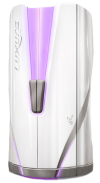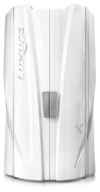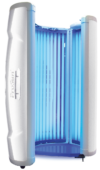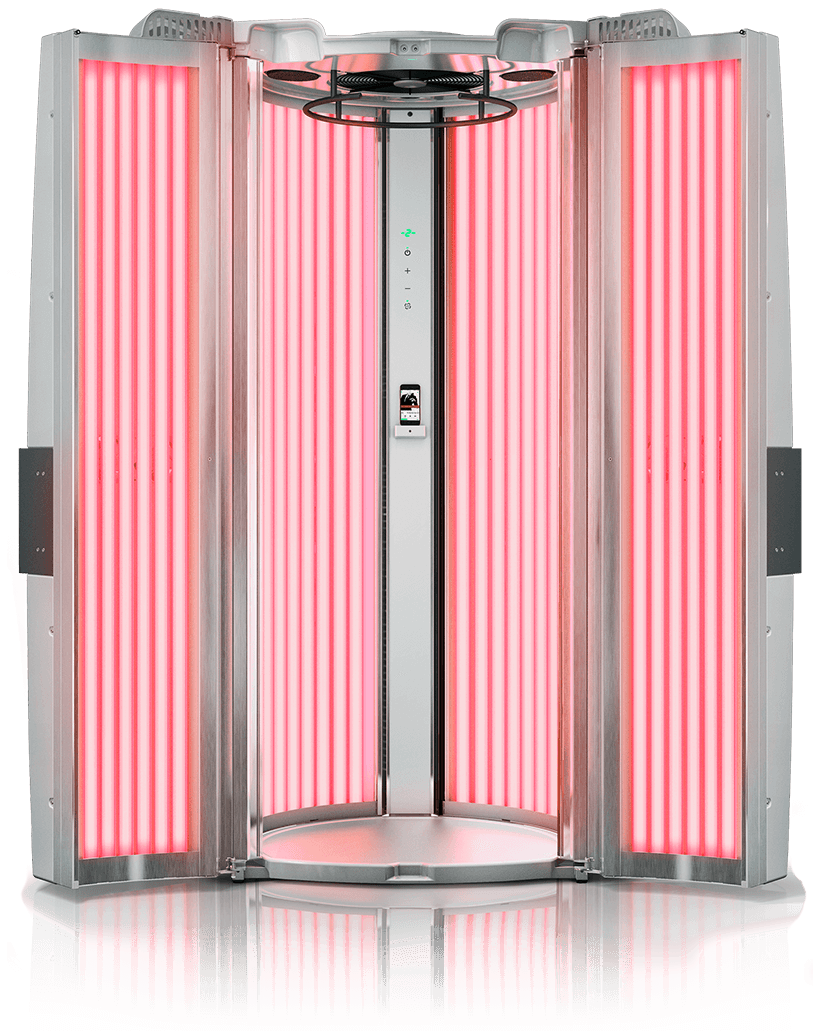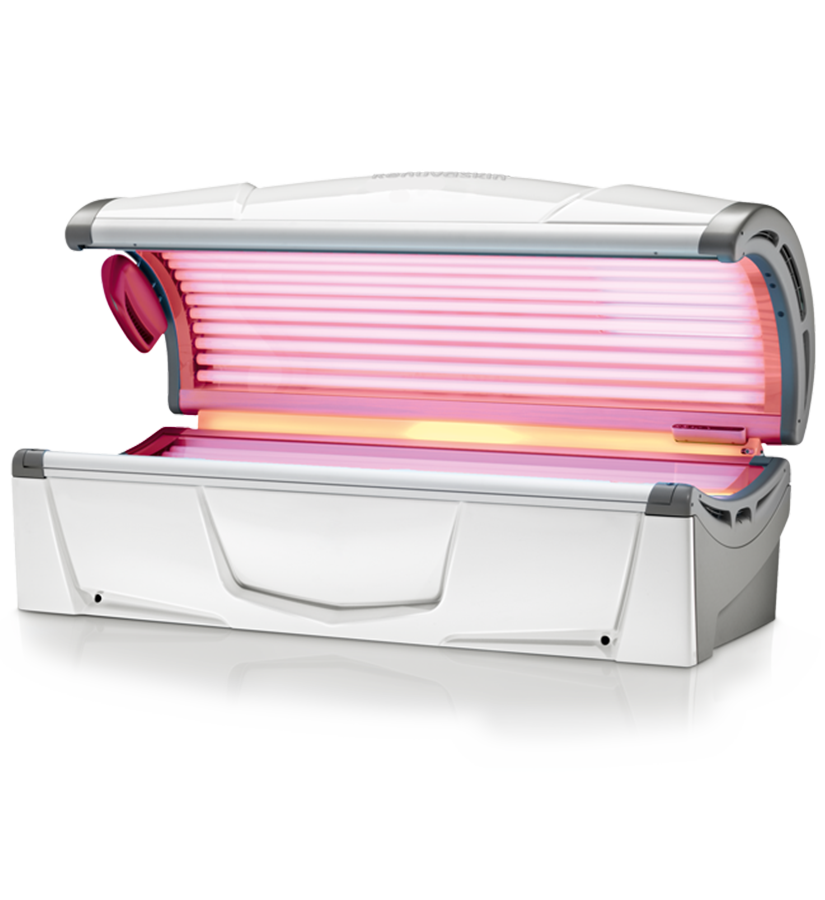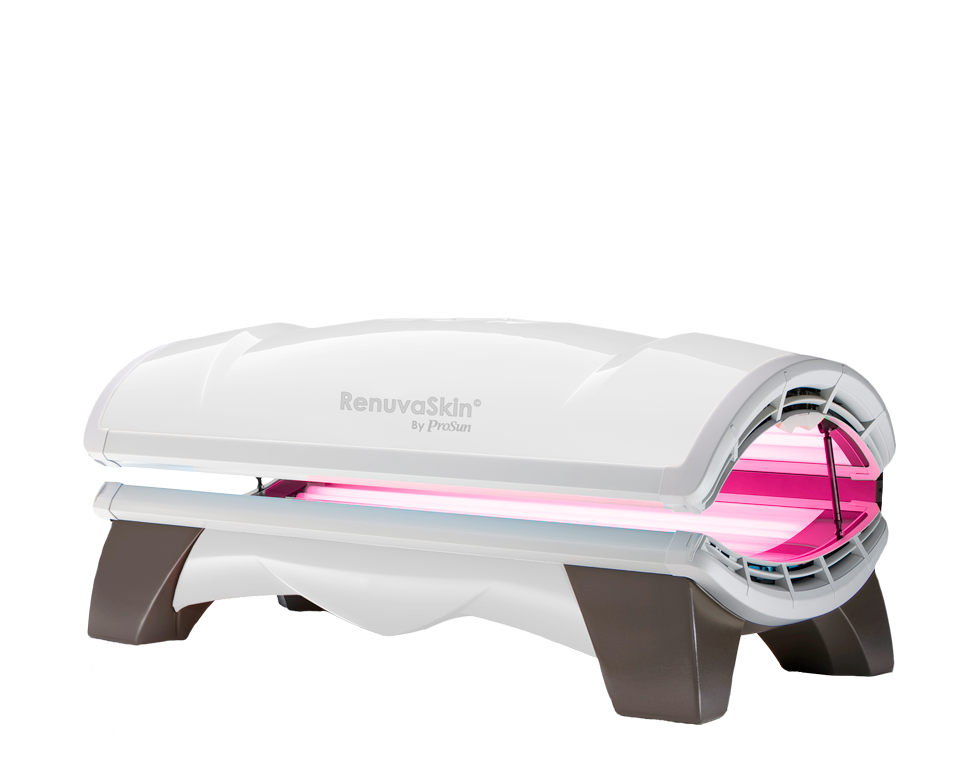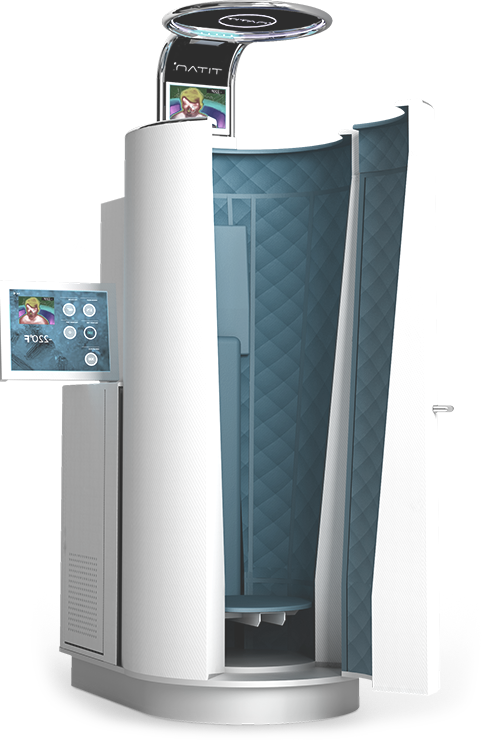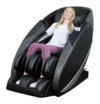Posted by: Prosun International on July 17, 2017 | Topic: Red Light
Can your Tanning Bed be a Red Light Bed?
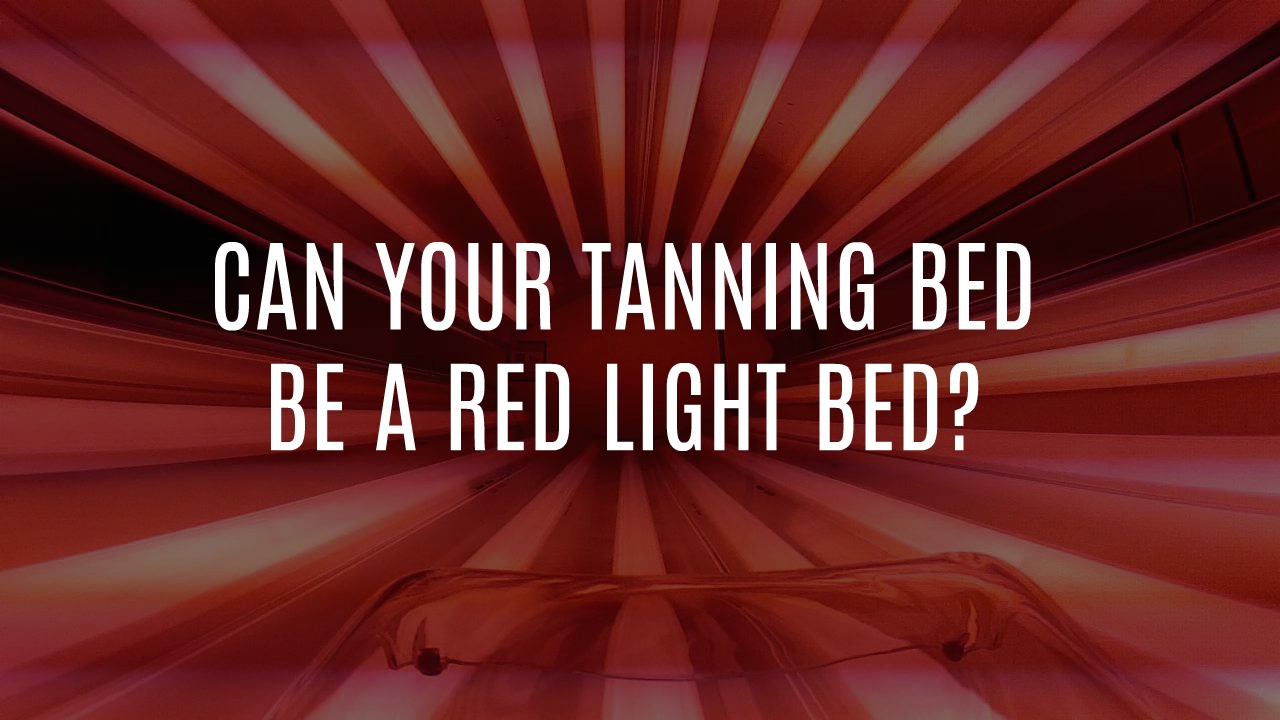
Successfully run tanning salons can keep their customers for years on end when they find those who don’t want to live without their bronzing routine. But now, salon owners are looking for ways to diversify their business with non-UV services that may interest current customers as well as attract new ones. As seen on shelves in local drugstores, in high end spas and salons, or on Kim Kardashian’s Snapchat, red light technology has become one of the most innovative and popular beauty services in the industry.
Red light beds designed for full body exposure can look extremely similar to tanning beds or booths, except for the obvious red light rather than the white/blue hue that UV lamps give off. This leads to the common thought that, “I can just purchase red light lamps and put them in the tanning beds I already have.” Not quite…and here’s why.
- It’s dishonest. Your customers are coming to your salon to pay for a service that they think you are providing in a legitimate way. For a beauty service that is still somewhat fresh on the market, you want your new and loyal customers to get the real deal experience and results when trying something they will potentially continue to invest in. Losing your credibility over what you think will save a couple bucks really isn’t worth it.
- It’s a completely different product. Next to each other the two pieces may look like fraternal twins; however, they belong to two entirely different families. Red light emits zero UV rays and that should be made very clear to inquiring customers. Don’t cause confusion (or distaste) by suggesting that one day the unit is for tanning and the following day it’s for red light.
- It’s unsafe. When you purchase tanning equipment, all of the manuals, warning labels and tags are designed for instruction on the maintenance and use of the tanning equipment as it is made. Miss-labeled directions or warnings could result in misuse of the equipment by the customer or even employees. Not to mention the time programmed for UV sessions vs. red light is not the same.
- It’s a hassle. You will have to remember that this isn’t an official red light bed. What manufacturer do you call with questions or problems? If your tanning bed’s manufacturer does not make red light equipment they likely won’t be able to tell you or advise a technician on the mechanics of the bed to properly run for red light sessions.
- It’s no longer an additional service. You’re bringing in a different amenity but if you’re taking away a tanning bed to do so, you’re losing the opportunity to have someone in a tanning bed and a red light bed. It’s common for salons with red light to see customers who want to double dip (get a UV session and then hop into their red light session), so if anything, creating packages for the two services might increase your tanning traffic.
Offering additional spa and beauty type services in your salon is the best way to diversify your business and your customer base. And expanding your packages and streams of revenue, especially now during indoor tanning’s slow season can help set you apart from other tanning salons in your area. Purchasing and installing your red light equipment properly is significant in the way your equipment functions, and the reputation you set with your customers. If you wouldn’t want them mistreating the equipment you’ve invested in, why would you?
For more ideas and information on diversifying your salon with red light and other spa and wellness equipment, contact ProSun.








